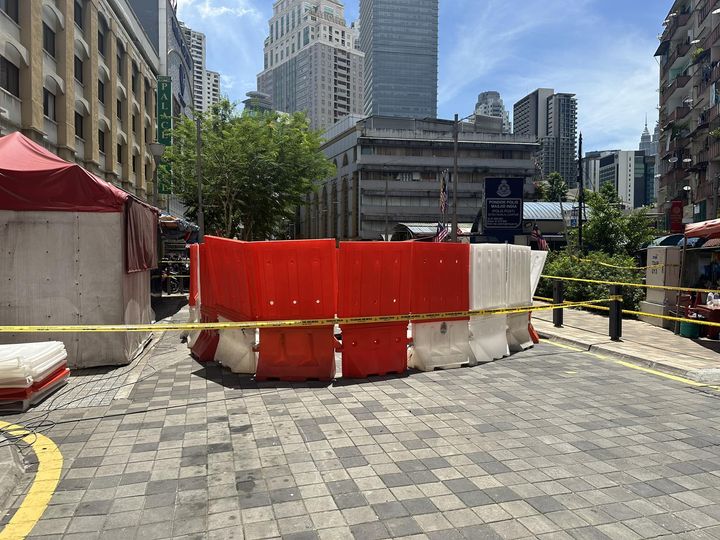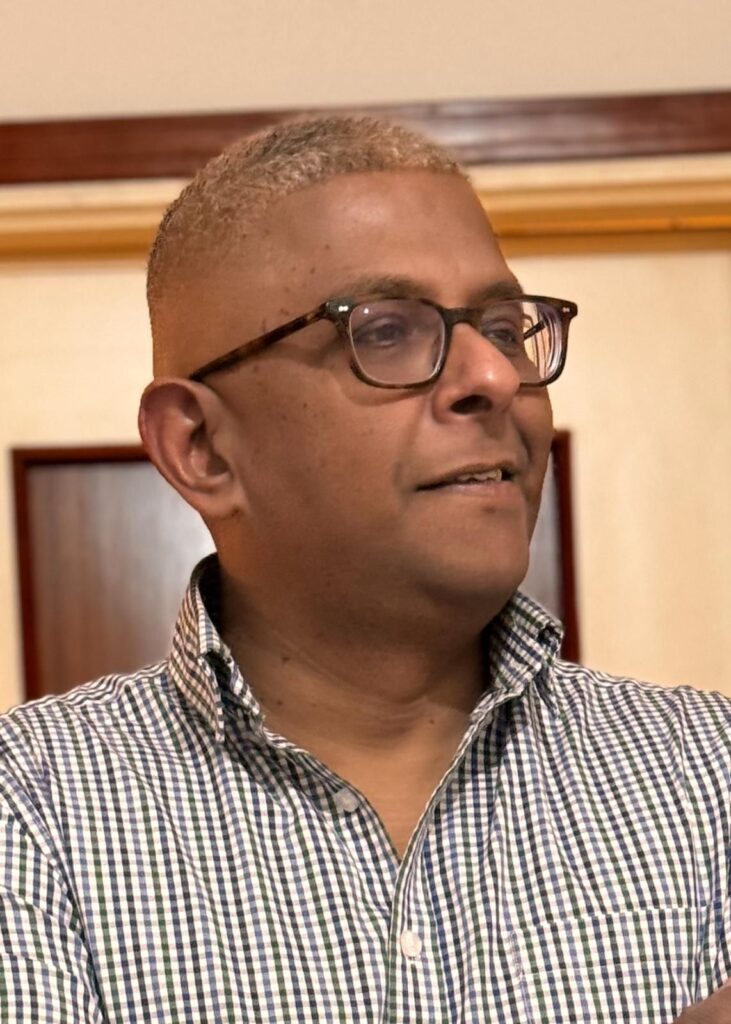
KUALA LUMPUR, Sept 2: The recent sinkholes in Jalan Masjid India here is a wake-up call for the city to strengthen the monitoring of its underground services and facilities, says Jeffery Pereira, Technical Director of JP Mann Consulting Ltd.
Responding to Weekly Echo, which sought his views on the sinkhole incidents, Pereira said while it was too early to comment on what has happened without any data, and that it would take time to determine what had really happened, he laid out two possible scenarios for the sinkholes to have appeared.
In a big city, there are a lot of underground pipes, underground sewers, underground tunnels going through the city to take away human waste, kitchen waste, all of which would have to flow out through the city and a failure of the sewage tunnel system could be one possible reason.
“When a tunnel fails, it could cause the collapse of its roof. So over time, when these tunnels are not maintained and monitored properly, these tunnels can become weak and cave in.”

Another possible cause could be limestone, said Pereira, who moved to London in 2000 to do his Masters of Science in Soil Mechanic at the Imperial College. He received his Bachelor of Civil Engineering (Hons) from Universiti Sains Malaysia.
He explained that on a limestone formation there would be a lot of cracks that have formed naturally and that over the time, the seepage of water, such as rainwater that has become more acidic with a polluted atmosphere, into the ground and the limestone formation could begin to dissolve the limestone.
Over the years, with the water continuously eroding the limestone, they would become weak and form large cavities which could eventually collapse, he said.
Asked if too much development could contribute to sinkholes, he said that it could be a combination of scenarios.
He pointed out that there were also lot of underground tunnels in the areas and that the vibrations caused by trains running through the tunnels could also cause a lot of movements on the ground.
What is important is that any development plan must be well thought out and before the planning of any new development in the area, there needs to be a survey of what assets are going to the ground and that the whole ground model is studied extensively, he said.
“You can’t just do a new development without thinking about what is below the ground. Once we understand what is below the building, then we can plan what needs to go above.”
Pereira suggested the setting up of a taskforce to map all the underground services and the setting up of a monitoring system to detect any ground movement. He said monitoring would be key especially in areas where there is limestone and also congested underground service tunnels.
The first sinkhole in Jalan Masjid India, appeared on Friday, Aug 23, and tragically swallowed a woman tourist from India, Vijayaletchumi, 48. She has been now presumed dead. Her husband, son and sister, who had stood by as the search operations were carried out for her, left for India on Sunday, Sept 1, after performing some special prayers for her close to the sinkhole site where she fell.
More than a week-long relentless and risk-ridden search and rescue operation for her was carried out by the Malaysian authorities, before the search was halted and moved to search and recovery phase on Saturday, Aug 31st.
A second sinkhole appeared not too far from the earlier site few days later, with police cordoning off more areas citing the safety of the public.
–WE